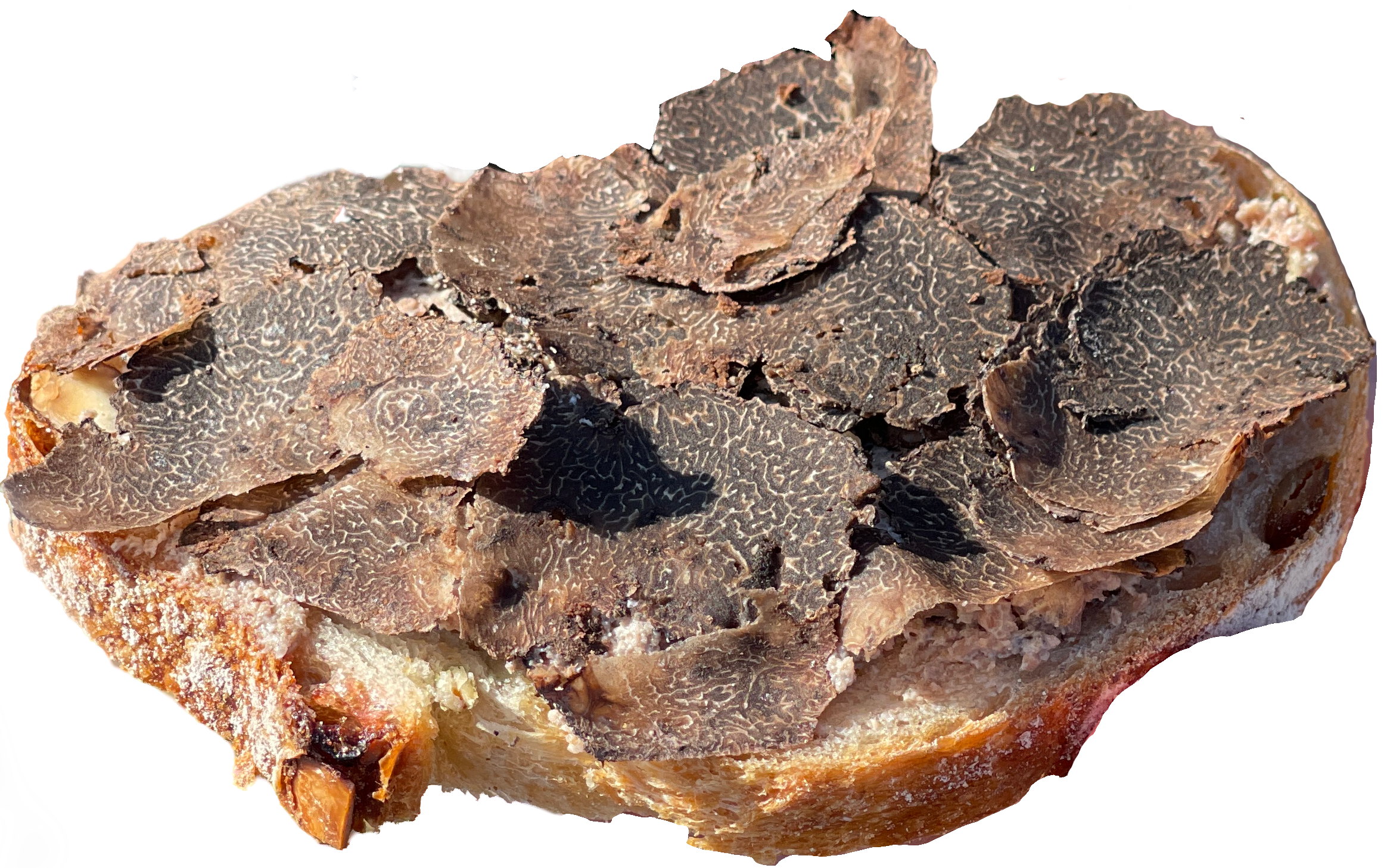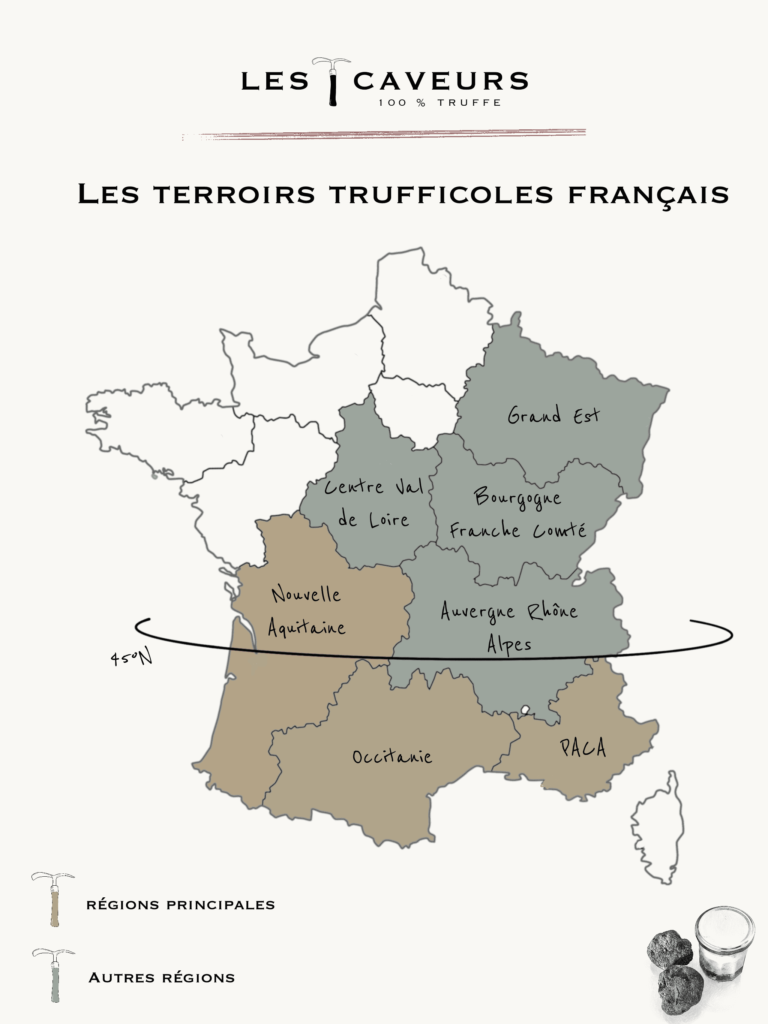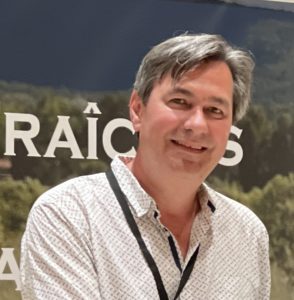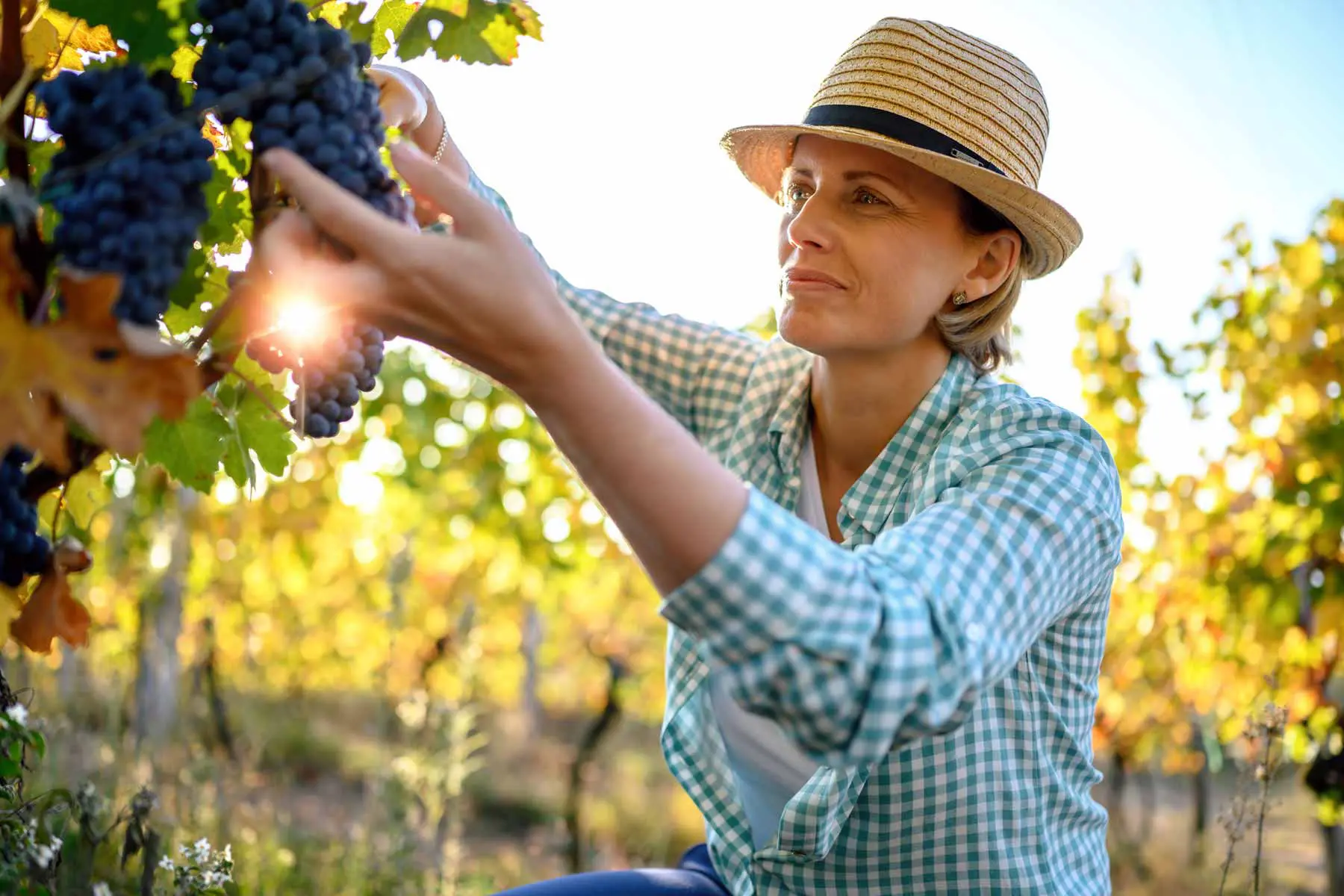Where do Truffles grow in France?
Discovering the French truffle-growing terroirs ? Let's explore the southern lands!
When we ask ourselves about French truffle-growing terroirs, it is important to specify which variety of truffle we are talking about. Our tour of the French truffle lands will focus on the cultivation of the Tuber Melanosporum. Historically, it was rather located in the south of our beautiful country. But gradually, with the impact of climate change, scientific progress and the passion of a new generation of truffle growers, truffle growing has spread to new territories.
This is why today we see a strong progression of truffle cultivation in regions such as Sologne or Touraine.


Looking for Fresh Truffles?
Touch the Tartine!
But weren’t these lands already historically truffle lands? We will try to take stock of these developments?
Historically, truffle production in France was recorded in regions located below the 45th parallel. Thus, the Périgord, the Dordogne, and the regions of the South-East of France were the most favourable for truffle cultivation. This qualification was quite natural knowing that it was in these regions that the cavage of wild truffles was the most prolific. These terroirs therefore naturally met the requirements of truffle cultivation.

To sum up very briefly, truffles like :
- a PH between 7.5 and 8.5, ideally 8,
- a high calcium content,
- soft, shallow, well-drained soil,
- a minimum total limestone content of 8%.
- soils ideally located between 200 and 400 meters in altitude
But all this is theoretical and contradicted today by many exceptions… we will come back to this. What is much less theoretical and much sadder is the virtual disappearance of wild truffle fields. Climate change, the lack of maintenance of our forests and especially the maintenance of the edges, the proliferation of wild boars, as well as the drastic decrease in pastoralism are the main causes of the near disappearance of the tuber melanosporum in the wild. This makes a revival of truffle cultivation even more necessary, even urgent.
Beyond the 45th parallel...
The New Aquitaine, Occitania and the South of France are the main historical terroirs for truffles...
The New Aquitaine, Occitania and the South of France are the main historical terroirs for truffles, which saw the first truffle-growing initiatives 150 years ago. In the early 1900s, truffle production accounted for more than 90% of total French production. Three quarters of the production was even concentrated in just five departments: Drôme, Dordogne, Lot, Vaucluse and Alpes de Haute Provence.
Nevertheless, it is also in these regions that the decline observed in the last century has been the most severe. This decline is reflected in a maximum production of 50T/year at the beginning of the 2000s compared to 1,350T/year at the end of the 19th century. Fortunately, since the beginning of the 21st century, the various accompanying measures initiated by the truffle growers’ unions (FFT) in collaboration with the public authorities and the scientific world (INRAE), but above all, the passion of the truffle growers has enabled the trend to be reversed. Today, around 1000 hectares are replanted each year, and not only in the historic terroirs.
The "new" territories!
We use inverted commas here because in the centre-west, in the 19th century, around 6% of French annual production was already recorded.
But this production came mainly from the natural environment and not from crops.
In any case, many other regions than those of the South are now affiliated to the national truffle growers’ union, not to mention certain initiatives in surprisingly confidential areas.

In addition to those mentioned above, the Fédération Française des Trufficulteurs (FFT) represents the Centre Val de Loire, Auvergne Rhône Alpes, Bourgogne Franche-Comté and Grand-Est regions. However, there are a few more or less confidential production sites in Ile de France, Hauts de France, Normandy and Pays de Loire. Nevertheless, as far as melanosporum is concerned, it is difficult to find it beyond the 46th parallel.
What are the French truffle-growing terroirs? In any case, they are much more varied than one might think...
Climatic changes have undoubtedly been detrimental to the development of truffle cultivation in the southern regions. However, they have also made it possible to consider growing truffles in more northern regions. Of course, the requirements in terms of soil composition have not changed. On the other hand, warmer winters with a favourable development of rainfall have opened up new geographical areas for the cultivation of the tuber mélanosporum.
If we add to this the evolution of science and the development of technical itineraries, we can hope that the planting of some 300,000 mycorrhizal oaks per year will accelerate further and thus allow us to exceed the 1000 ha of new truffle lands per year.
There are still many things to say about our terroirs and the tuber melanosporum truffle as well as its “sisters” who deserve the same passion that many of us share. With the arrival of tuber magnatum mycorrhizal oaks in our truffle fields, let’s bet that the dynamics underway will allow us to envisage a radiant future for French truffle growing.

Christoph Langer
@lescaveurs • Sourcing, R&D
The neo-expert: passionate about the truffle in general and the French truffle in particular, its terroir, its world, its preservation and its potential

Katerina Monroe
@katerinam • More Posts by Katerina
Congratulations on the award, it's well deserved! You guys definitely know what you're doing. Looking forward to my next visit to the winery!
